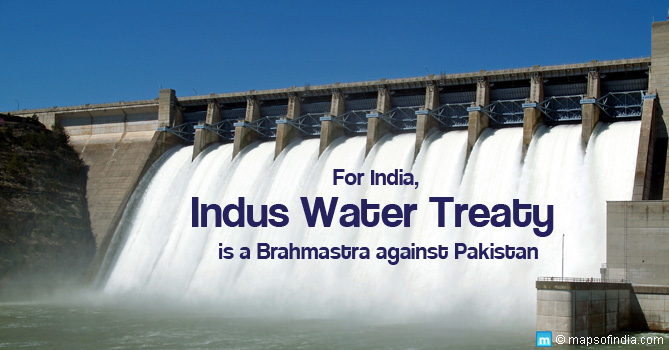All living beings such as plants, animals and humans need water to live and perform different cellular activities. Knowing that water is a precious, vital, and abiotic component of the ecosystem, its wastage continues across the country. Scarcity of it is also happening because of the lack of water conservation and pollution of water bodies. Adopting rainwater harvesting practices comes into effect here.
What is Rainwater Harvesting?
Rainwater harvesting is the process of accumulation and storage of rainwater (from roads, rooftops, open grounds, etc.) for reuse purposes rather than allowing it to runoff. It is pure and of good quality and can be used for irrigation, washing, cleaning, bathing, cooking and other livestock activities. It is the best solution to counter the significance concerning the issue of scarcity.
Following are the components of Rainwater Harvesting:
a) Catchment: It is from where the water is taken and stored or recharged,
b) Conveyance system: It transports the water harvested from the catchment to the storage/recharge zone
c) Flush: It is used to flush out the first occurrence of rain
d) Filter: It is used to set aside pollutants and filter the collected rainwater
e) Storage tanks and some recharge structures: These are used to store the water which gets filter for other requirements
It is primarily the collection and storage of rainwater with the assistance of artificially structured systems that run off naturally or human-made catchment areas, namely compounds, the rooftop rock surface, hill slopes, artificially repaired impervious or semi-pervious land surface.
Numerous factors are important in the amount of water harvested. Some of these factors are the quantum of runoff, features of the catchments, impact on the environment, presence of the technology, the space for the storage tanks, types of the roof, its slope and its materials, the frequency, quantity and the quality of the rainfall, the pace and flexibility with which the rainwater enters through the subsoil to recharge the groundwater.
How to install a Rainwater Harvesting System?
Setting up a rainwater harvesting system is not cumbersome. Still, it needs some essential learning of hydrology and architecture, and as a consequence, most people find it too complex to do it themselves.
Following are the steps to install it:
a) Correct place for water harvester: The best place could be next to the roof drain pipe or the down-spout where most of the rainwater is diverted. One should get the roof cleaned of dust particles and other unnecessary material that may have been lying on the roof to get the clean water.
b) Maintaining PVC gutters: The PCV gutters could be fixed to the roof heading to the storage tank. They are the cylindrical pipes that carry water to the storage tanks.
c) Fix downpipes with clamps: After PVC downpipes are attached to the wall vertically with the help of clamps, do keep an eye on downpipes, so they remain fixed in their place.
d) Setting up of washout pipes:
Install the washout pipe or first rain separator. Serving as a valve, the separator is used while cleaning the roof or when rainwater is not collected. Ensure that the valve is cleaned after every rain to permit the flow of wastewater.
e) Storage tank filter: One needs to set up a filter on the storage tank to gather clean water. It prevents dust and other matter from entering the storage tank.
f) Positioning the storage tank:
Set up a water storage tank at a high place to avoid the growth of bacteria and to keep it away from animals. Place some heavy object on top of the water tank to keep it tightly surrounded.
g) Installation of tank overflow pipe: Set up an overflow pipe on the top of the storage tank to release redundant water. The overflow pipe should be equal to the size of the inlet pipe.
Advantages of Rainwater Harvesting
a) Less cost involved
b) Assists in lowering the water bill.
c) Reduces the water demand.
d) Decreases the need for imported water.
e) Fosters both water and energy conservation.
f) Enhances the quality and quantity of groundwater.
g) It does not require a filtration system for landscape irrigation.
h) This technology is relatively easy to install and function.
i) It reduces stormwater runoff, soil erosion, flooding, and pollution of surface water with fertilizers, pesticides, metals and other sediments.
j) It is a good source of water for landscape irrigation without chemicals and dissolved salts and free from all minerals
Disadvantages of Rainwater Harvesting
a) Regulation is required.
b) It requires technical abilities for installation.
c) Restricted and no rainfall can limit the supply of rainwater.
d) If not installed accurately, it may invite mosquitoes and other waterborne diseases.
e) Its system has a significant drawback which is storage limits.




